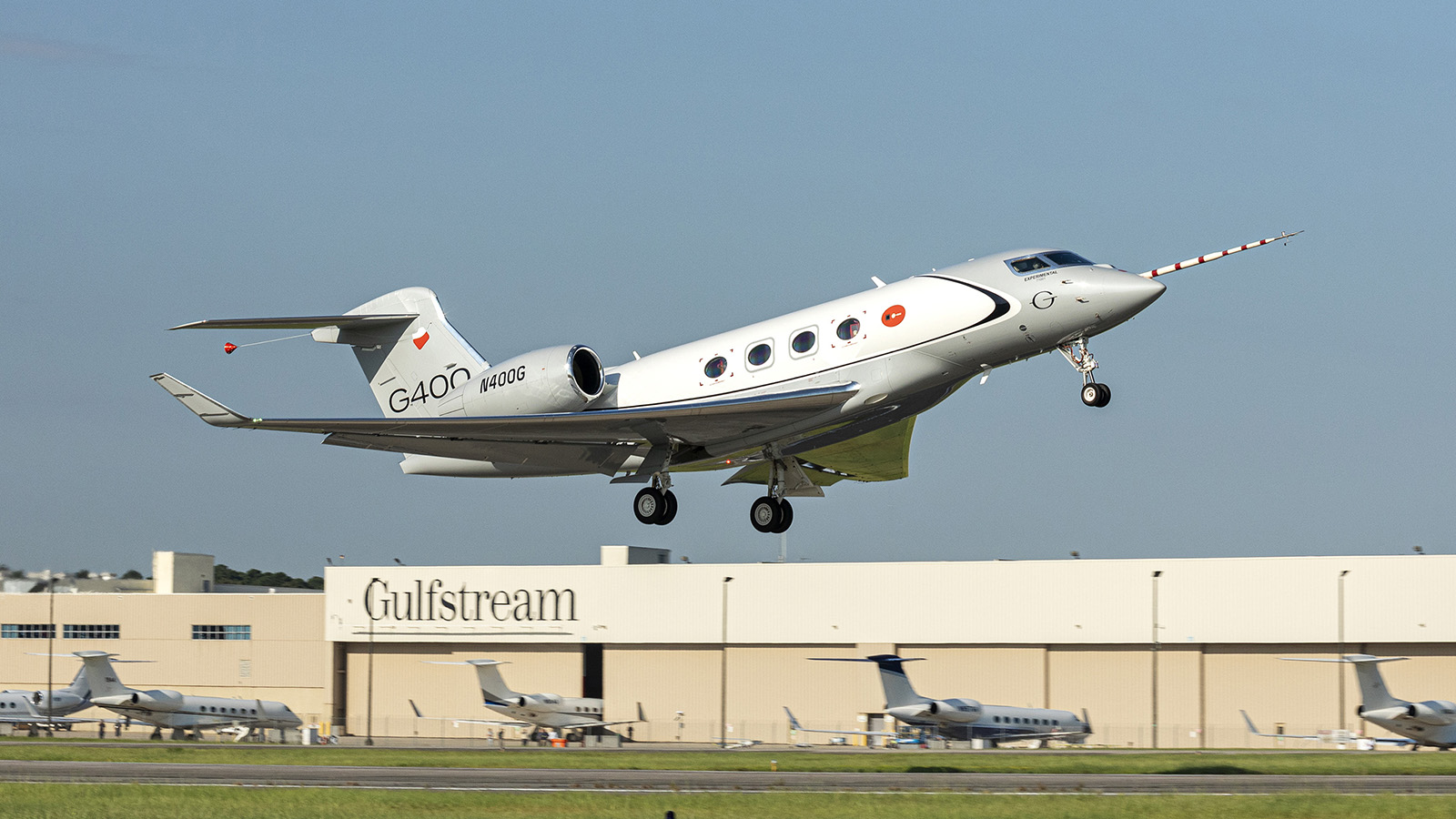Stay Up to Date
Submit your email address to receive the latest industry and Aerospace America news.
The Aircraft Design Technical Committee promotes optimization of aircraft systems, including analysis of their future potential.
It was another fascinating year in aircraft design across multiple sectors, from advanced air mobility to uncrewed aircraft.
In March, Boom Supersonic of Colorado announced it had completed the inaugural flight of XB-1, its supersonic technology demonstrator, at the Mojave Air & Space Port in Mojave, California. The subsonic flight marked the next step toward Boom’s goal of returning to supersonic travel with Overture, its planned Mach 1.7 passenger airliner.
In February, Venus Aerospace of Houston completed the first flight of its supersonic flight test drone. After being dropped at an altitude of 12,000 feet, the drone accelerated to Mach 0.9. It flew for 16 kilometers, propelled by a hydrogen peroxide monopropellant engine. Venus fired the engine “at 80% thrust in order to not exceed Mach 1,” the company said in a press release.
In September, U.K. air taxi developer Vertical Aerospace said its new VX4 prototype had completed the first phase of piloted flight tests, consisting of 20 flights from Vertical’s flight test center at Cotswold Airport. Vertical aims to receive type certification of the VX4 in 2026.
In February, the U.S. Air Force Research Laboratory conducted the first flight of the uncrewed XQ-67A demonstrator, which a press release described as “the first of a second generation of autonomous collaborative platforms.” With this demonstrator, AFRL aimed to prove the approach of using a common chassis — like that of a motor vehicle frame — for multiple aircraft, customizing with smaller components including software and weapons systems as needed to allow for rapid and more cost-effective replication of the aircraft.
In August, Gulfstream Aerospace began the flight test program for its G400. For its first flight, the large-cabin twinjet took off from Savannah/Hilton Head International Airport in Georgia and returned in just under three hours. Propelled by Pratt & Whitney engines burning a blended a sustainable aviation fuel, the aircraft reached Mach 0.85 and a maximum altitude of 41,000 feet. It’s larger stablemate, the G700, achieved FAA certification in March and entered into service shortly thereafter.
In August, Regent Craft of Rhode Island received U.S. Coast Guard authorization to test the prototype of its electric-powered seaglider. Regent’s 12-seat electric Viceroy is designed to cruise at 180 mph while flying 20-30 feet above the water, using the wing-in ground effect to maintain lift at a reduced drag. The craft is defined as a maritime vessel, regulated by the Coast Guard with FAA technical support.
Also in August, Scaled Composites announced the inaugural flight of its Model 437 Vanguard. Developed with Northrop Grumman, Model 437 began as a conceptual study of “multi-mission, low-cost attritable aircraft,” Scaled Composites said in a release. The piloted Vanguard is a variant of the Model 401 that Scaled Composites introduced in 2017.
In April, Skydweller Aero flew its solar-powered aircraft for the first time. The unoccupied Skydweller, whose wingspan is wider than that of a Boeing 747, took off and landed autonomously from Stennis International Airport in Mississippi. Skydweller was designed for “perpetual flight,” which the company defines on its website as “staying aloft for 90 days or more.”
Stay Up to Date
Submit your email address to receive the latest industry and Aerospace America news.




